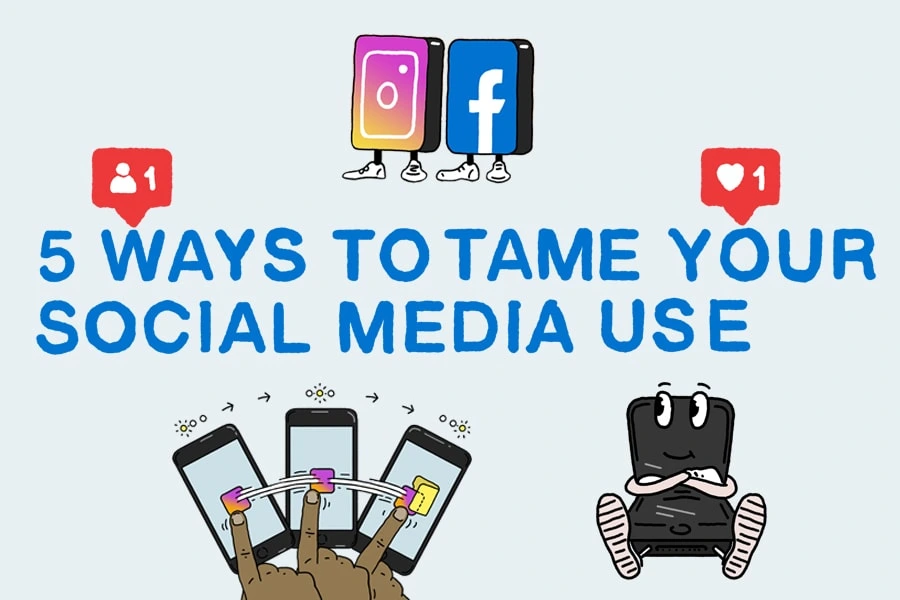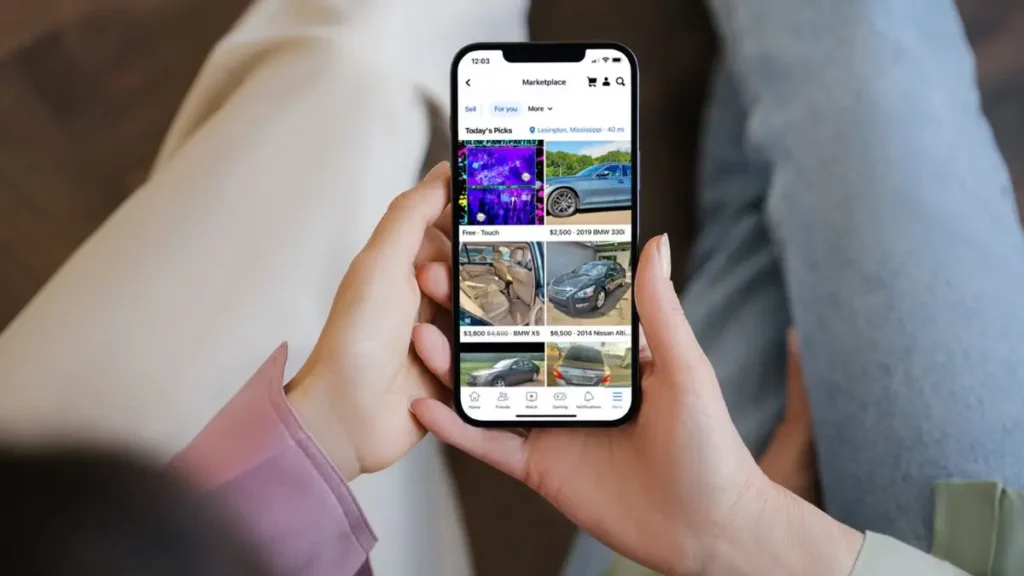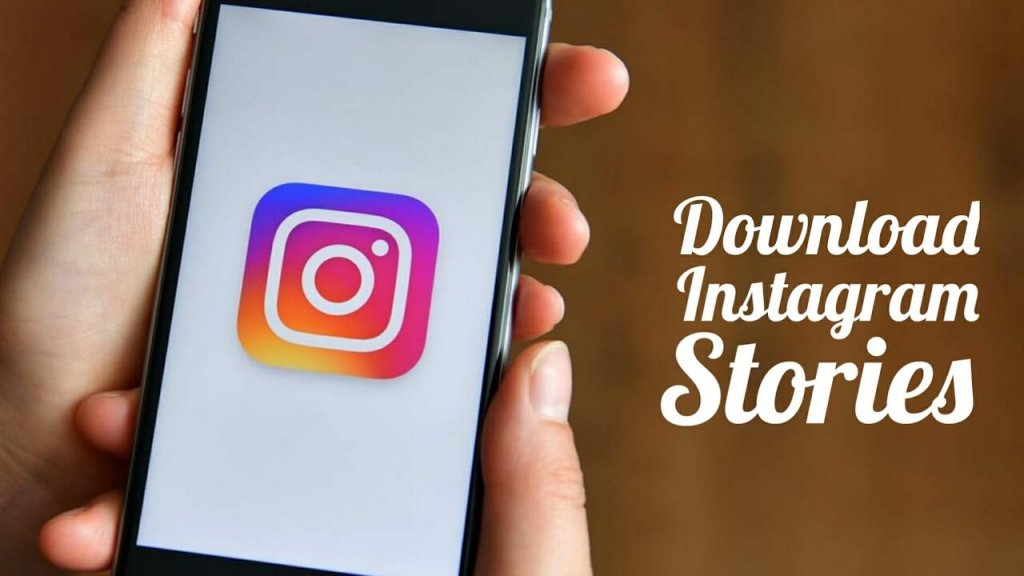While social media platforms such as Twitter, Instagram, Facebook etc serve as a valuable link to stay connected between families and friends, there is a small proportion of individuals who depend solely on these networking sites as their only source of enjoyment.
The popularity of this pastime has increased rapidly over the last decade but there is no official diagnosis of how much is enough. However, studies have revealed that getting addicted to this seemingly harmless hobby may lead to serious repercussions on the user’s physical and mental health, especially in the case of teenagers and middle aged adults.
Not everyone who uses social media gets addicted to it, but the chances are as these platforms are becoming easily accessible to more and more persons, an addiction to social media may develop at some time or the other in their lives.
In This Article
The case for cutting down on screen time is now
Mark Zuckerberg, founder of Facebook, says the platform allows the user to speak on an equal footing with everyone and that these standards apply to all. However, a Wall Street Journal(WSJ) investigative podcast series, titled The Facebook Files, made in October 2021, found company documents that revealed that some secret elite were exempt.
Similarly, researchers inside Instagram, also owned by Facebook, found how photo sharing apps affected the mental health of millions of young users, mostly teenage girls. WSJ further exposed how criminals used these platforms for human trafficking, contributing to ethinc violence and political polarization, but Facebook did nothing about it.
According to a research published by the University of Pittsburgh School of Medicine in 2016, the more time young people spend on social media, on an average over two hours a day, they more they are likely to be depressed. The findings further say despite public health interventions, social media could become the leading cause of disability by 2030.
Their calculations were based on average daily social media usage across platforms like Facebook,Tik Tok and Instagram which were high on the list.These numbers translate to spending 36 days in one year on social media apps, a waste of precious time in which a person can learn an entirely brand new skill.
Breaking the addiction
Abstinence is often recommended for treating any addiction related to substance misuse, but for social media addiction the ideal way to break the habit is not by giving up the habit entirely, but through strategies and setting limits by controlled use of the internet. So here are five ways to break social media addiction and safeguard your mental health.
Cognitive Behavioral Therapy intervention
YouTube, Snapchat, Facebook, Instagram and Tik Tok are some platforms where individuals, especially the youth, spend countless hours every week. This can foster feelings of unrealistic expectations and low self-worth.
Cognitive Behavioral Therapy (CBT) can help by providing users the skill to combat anxiety and depression from the effects of doom-scrolling or social media.This most researched form of psychotherapy focuses on what happens when you have negative thoughts and uses tools to reframe these thoughts to elicit a more positive or neutral emotion.
Most of the top online therapy sites in the U.S offer CBT treatments for extremely affordable rates. Many of these sites (such as Online-Therapy.com for example), also offer resources that allow users to practice a DIY approach. This means you can easily replace your harmful addiction to social media with a similar, but healthier option.
Check your notifications once in a day
This is easier said than done. The 2022 notification overload is for real and on an average a smartphone user gets between 70-80 notifications per day, which can be really time consuming and overwhelming.
While the popping up of icons on the screen is something most mobile phone users are used to, the automatic pressing of the finger on the phone mechanism to see what’s new is an unavoidable impulse. In fact, Americans on an average check their phones once every ten minutes or a staggering 96 times a day.
So while the fear of missing out on something important by turning off notifications for an extended period is evident, a mini detox of checking social media notifications just once a day can help best the addiction.
Reduce your contact and app lists
One sure fire way to spend less time online is by deleting friends and contacts you hardly interact with, unused apps and unsubscribing from those online sites which are of no or little use or send too many notifications. If you have games apps on your screen, delete them as well as they are time consuming.
Spend time away from the screen
When social media becomes toxic, it is important to have a break. Challenge yourself and go on a social media cleanse for a fixed amount of time each day or over a number of days, if possible. Referred to as ‘digital detox’ this is the period when individuals distance themselves from their electronic devices to focus on real-life issues without the distractions.
This special time-out is not only a wonderful way to reduce negative symptoms but also gives you ample time to reconnect with all those near and dear to you.
Leave your phone at home (or before bed)
Once in a while, leave social media behind at home when you are out with family or friends. Do not become guilty of sitting in a restaurant and using your phone to access Facebook, or if at the cinema.
Similarly, avoid taking your phone to bed and instead leave it in another room. By not checking into your accounts late in the night and the first thing in the most, you will get a perfect night’s sleep. Remember screen light will always keep you awake.
Some social media statistics
Given that social media addiction is a relatively new phenomenon, long-term studies are limited and the addiction has yet to be formally recognized. Still, here are some revealing statistics from the 2021 Pew Research Study report:
- 72% of American adults say they use at least one social media site.
- 84% of Adults in ages 18-29 use social media
- Facebook 69%, Instagram 40%, Pinterest 30%, LinkedIn 28%, Snapchat 25% and Twitter 23% are the most commonly used sites
- 70% of the adults who use Facebook, say they log in daily
- As numbers suggest, the more one uses social media, the greater the risk of addiction.




